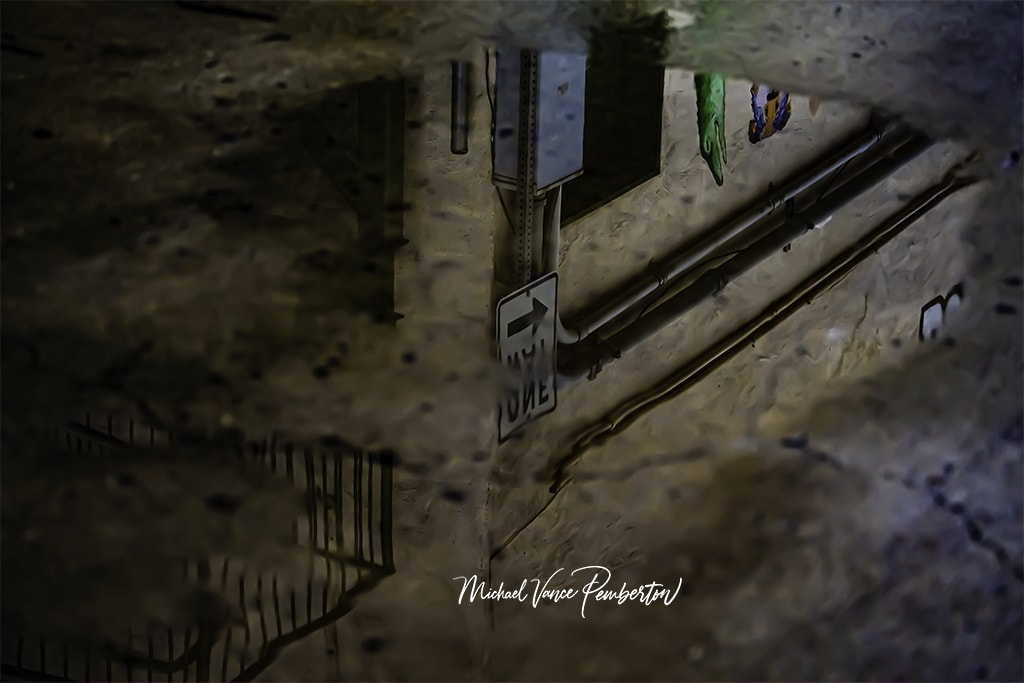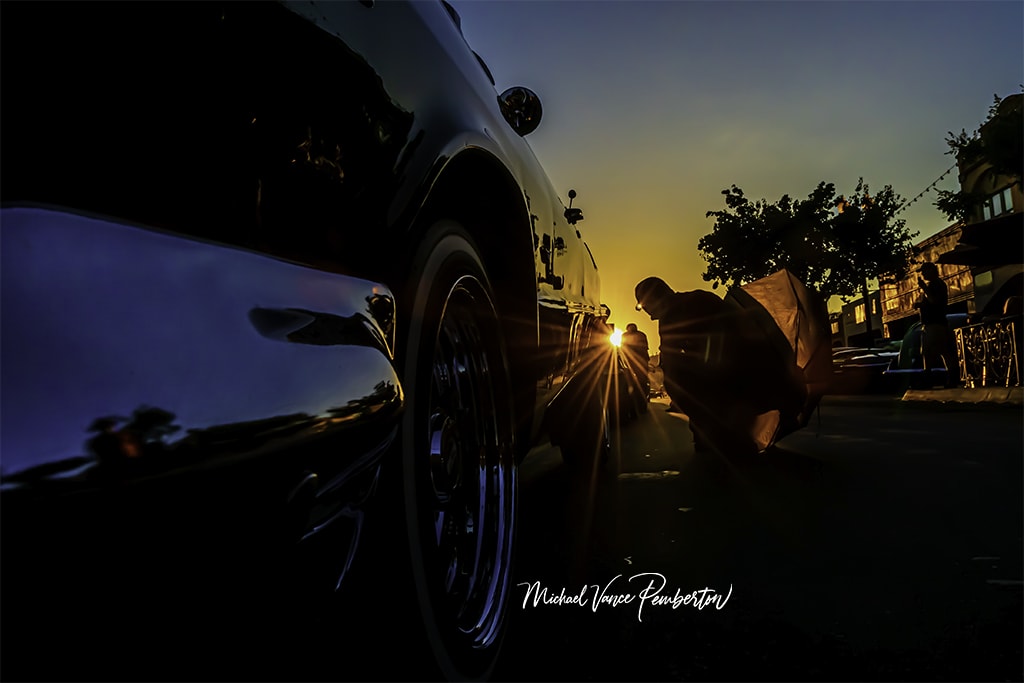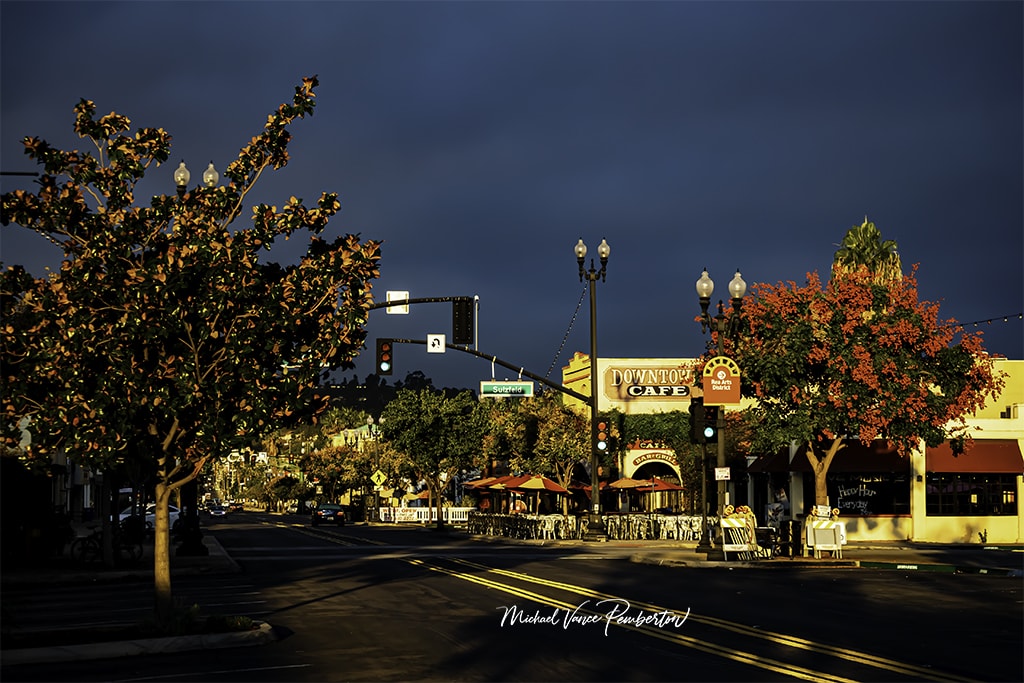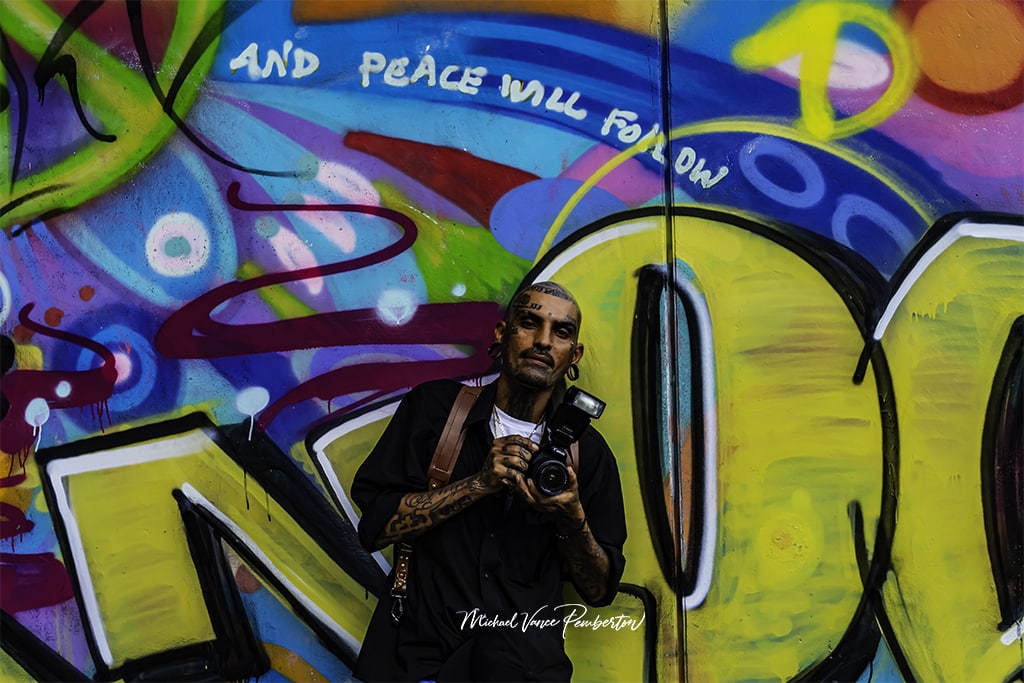
Developing observational skills is crucial to becoming a skilled street photographer. You can uncover captivating moments and visually exciting scenes that might go unnoticed through keen observation. Here are some further insights to help you enhance your observational abilities:
- Slow down and immerse yourself: In the hustle and bustle of the streets, it’s easy to get caught up in the fast pace. However, you must slowly immerse yourself in your surroundings to observe and capture remarkable moments. Take the time to absorb the energy, the people, and the atmosphere of the place. Doing so lets you start noticing details and interactions that make for compelling photographs.
- Look beyond the obvious: Train yourself to see beyond the surface level. While exciting characters and interactions are often visually striking, hidden stories await to be discovered in the mundane and ordinary. Look for subtle gestures, fleeting expressions, or juxtapositions that can add depth and intrigue to your images. Be curious and explore different perspectives.
- Study the environment: A skilled street photographer pays attention to people and their environment. Observe the architecture, the patterns, and the textures of the streets. Look for exciting backdrops, leading lines, or frames within the scene that can enhance your composition and add layers of visual interest to your photographs.
- Develop your peripheral vision: While it’s essential to focus on specific subjects, training your peripheral vision can be incredibly valuable in street photography. By widening your field of view, you become more aware of what is happening around your main subject. This lets you anticipate potential interactions or moments outside your direct line of sight.
- Practice patience and anticipation: Street photography often involves waiting for the right moment to unfold. It requires patience and the ability to anticipate actions or events before they happen. As you observe the scene, predict how it might evolve and position yourself accordingly. This anticipation can significantly increase your chances of capturing decisive moments.
- Be mindful of the light: Lighting conditions significantly impact your street photographs’ mood and visual impact. Pay attention to how light interacts with your subjects and the environment. Observe how shadows, reflections, or light beams can add drama and dimension to your images. Develop an understanding of different lighting situations and learn to adapt your approach accordingly.
- Analyze and learn from your images: Reviewing and analyzing your photographs is essential to improving your observational skills. Take the time to study the pictures you’ve captured, not just for technical aspects but also for the stories they convey. Look for patterns, recurring themes, or elements you can explore further in future street photography endeavors.
Remember, developing your observational skills is an ongoing process. It requires practice, patience, and a genuine curiosity about the world. By honing your ability to observe and notice the extraordinary in the ordinary, you’ll be able to capture captivating moments and create compelling street photographs.

Mastering the art of timing is an essential skill in street photography. It involves being in the right place at the right time and capturing the perfect moment when all the elements align harmoniously. Here are some further insights to help you refine your timing skills:
- Anticipate the decisive moment: The concept popularized by renowned street photographer Henri Cartier-Bresson refers to that split second when everything falls into place, creating a visually compelling image. Train yourself to anticipate these moments by observing the scene, understanding the dynamics at play, and being attuned to the interactions between subjects and their environment. By recognizing the potential for an exciting moment, you can position yourself and be prepared to capture it.
- Stay patient and observant: Street photography requires patience and a keen eye for detail. While being ready with your camera is essential, staying observant and mindful of your surroundings is equally crucial. By immersing yourself in the environment, you’ll be better equipped to identify potential moments worth capturing.
- Develop quick reflexes: The fast-paced nature of street photography often demands quick reflexes. Train yourself to react swiftly when an opportunity arises. This can involve practicing shooting techniques like zone focusing, where you pre-focus your lens at a specific distance, enabling you to capture sharp images quickly. Additionally, familiarize yourself with your camera’s controls so that you can make adjustments on the fly without missing the shot.
- Pay attention to gestures and expressions: Gestures, expressions, and body language can convey powerful stories in street photography. Train yourself to observe these subtle cues and be ready to capture them when they occur. People’s gestures can communicate emotions, relationships or even provide insight into a particular moment. You can add depth and narrative to your images by being attentive to these details.
- Understand the scene’s rhythm: Every street has its rhythm and tempo. Take the time to study the environment you’re shooting in and get a sense of how people move and interact within that space. This understanding will help you anticipate moments when the rhythm reaches a crescendo, providing opportunities for unique and visually striking photographs.
- Experiment with burst mode: Burst or continuous shooting modes can be valuable in street photography, especially when capturing action or fleeting moments. Shooting in rapid succession increases your chances of catching the perfect frame within a series of images. However, be mindful not to rely solely on burst mode, which can lead to excessive shooting without thoughtful composition.
- Trust your instincts: Instinct plays a significant role in timing. Sometimes, your gut feeling will guide you to press the shutter immediately, even if it defies conventional composition rules. Trust your intuition and take risks. Street photography is an art form that allows for creative expression, so don’t be afraid to experiment and follow your instincts regarding timing.
Remember, mastering the art of timing in street photography is a continuous learning process. The more you practice, the better you recognize and capture those decisive moments. Embrace the unpredictable nature of street photography, be patient, and stay open to the unexpected. Through dedication and perseverance, you’ll refine your timing skills and capture genuinely remarkable images.

Experimenting with different focal lengths is an excellent way to expand your creative possibilities in street photography. Each focal length offers unique perspectives and can help you convey other emotions and stories within your images. Here are further insights on how to explore focal lengths in street photography:
- Standard Lens (35mm – 50mm): A standard lens, typically around 35mm to 50mm, offers a field of view that closely resembles what the human eye sees. It allows for a more natural and realistic representation of the scene. Standard lenses are versatile, allowing you to capture more expansive scenes and intimate moments. They are great for documenting street life, capturing candid portraits, or telling stories within a single frame.
- Wide-Angle Lens (24mm or wider): Wide-angle lenses are perfect for capturing the energy and dynamism of street scenes. A wider field of view lets you include more elements within the frame. Wide-angle lenses emphasize the scale and grandeur of urban landscapes, showcasing the architecture, leading lines, and the overall atmosphere of a bustling street. They also enable you to get close to subjects while including the surrounding environment.
- Telephoto Lens (85mm or longer): Telephoto lenses are excellent for capturing intimate moments from a distance. A longer focal length allows you to isolate subjects, compress perspective, and create pleasing bokeh. Telephoto lenses are helpful when you want to capture candid moments without being intrusive or when you want to focus on the facial expressions and emotions of people from a distance. They can also be handy in crowded situations where you must zoom in and exclude distracting elements from the frame.
- Prime vs. Zoom Lenses: Both prime (fixed focal length) and zoom lenses have advantages in street photography. Prime lenses typically offer wider apertures, allowing for better low-light performance and more control over depth of field. They also tend to be smaller and lighter, making them more discreet for capturing candid moments. On the other hand, Zoom lenses offer flexibility in framing the scene without moving closer or farther away physically. They can be convenient when you need to adjust your focal length to capture different perspectives quickly.
- Lens selection based on personal style: The choice of focal length depends on your style and the stories you want to tell. Experiment with different lenses and see which ones resonate with you the most. Consider the visual impact and the emotions conveyed by each focal length and use them to enhance the narrative within your images. Over time, you may gravitate towards a particular focal length that becomes your signature in street photography.
Remember, the focal length you choose shapes how your audience perceives the scene and the emotions it evokes. Feel free to push the boundaries of your comfort zone and experiment with different focal lengths. Each lens has its unique strengths, and by exploring them, you’ll be able to broaden your creative vision and capture diverse and compelling street photographs.

Engaging with your subjects can be a powerful way to enhance your street photography and create more meaningful and intimate photographs. It allows you to go beyond capturing surface-level moments and delve deeper into the lives and stories of the people you encounter. Here are further insights on engaging with your subjects in street photography:
- Approach with respect and genuine interest: When you come across someone who catches your attention and wants to photograph them, approach them with respect and a genuine interest in their story. Smile, make eye contact, and introduce yourself. Explain your passion for street photography and why you find them and their surroundings compelling. Show them you value their presence and are genuinely interested in capturing a part of their story.
- Build rapport and establish trust: Connecting with your subjects is essential for creating more intimate and authentic photographs. Take the time to engage in conversation, listen actively, and find common ground. Ask questions, show curiosity, and let the conversation flow naturally. By establishing trust and rapport, you create a comfortable environment that allows your subjects to relax and be themselves in front of the camera.
- Seek permission for close-up portraits: Sometimes, you may want to capture a close-up portrait of a person you encounter on the street. Regarding these more intimate photographs, it’s essential to ask for permission. Explain your intentions, show them the respect they deserve, and ask if they are comfortable with being photographed up close. Respect their decision if they decline or express discomfort.
- Please share your work: After capturing images of your subjects, consider sharing your photographs with them. This can be done in person, through printed copies, or by providing them with an online link or social media handle where they can view the images. Sharing your work allows your subjects to see and appreciate the photographs and strengthens the connection between the photographer and the subject.
- Offer something in return: As a gesture of gratitude for allowing you to capture their image, consider offering something in return. It could be a small print of the photograph, a digital copy to keep, or even a heartfelt thank you note. This shows your subjects that you value their participation and helps foster a positive relationship.
- Be mindful of cultural sensitivities: When engaging with subjects in different cultures or communities, it’s essential to be mindful of cultural sensitivities and social norms. Take the time to understand and respect the cultural context in which you photograph. Sometimes, modifying your approach or seeking local guidance may be necessary to ensure that you conduct yourself appropriately and respectfully.
- Capture candid moments within the interaction: While engaging with your subjects, be ready to capture candid moments that naturally unfold during the exchange. These unposed moments can often be the most authentic and compelling. Keep your camera ready, and be prepared to capture those spontaneous gestures, expressions, or interactions that occur naturally as you converse with your subjects.
Engaging with your subjects in street photography adds depth and personal connection to your images. It allows you to create photographs that are not just visually striking but also tell stories and evoke emotions. Always approach your subjects respectfully, seek permission, and foster a positive and meaningful connection.
Conclusion.
Street photography is about sharing the streets with the world.


Recent Posts
In shadows cast by love's deceitful guise,He wandered blind, his heart the captive prize.Through realms unknown, where truth remained concealed,He followed trails of falsehood, unrevealed. Blinded...
Prepare to be amazed as the MCAS Cherry Point Air Show returns on May 11-12. This annual event, hosted by the Marine Corps Air Station (MCAS) Cherry Point in North Carolina, promises a weekend of...